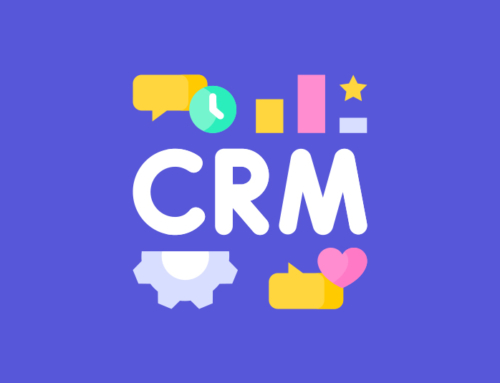Does your company already have a sales funnel? Is the funnel aligned with the customer journey? What are its stages?
The sales funnel is the process that helps salespeople turn prospects into leads. Increasing the efficiency of the sales funnel is among the top priorities in sales. After all, a good sales funnel can provide the sales team with information about prospects’ thought processes, challenges, and decisions.
However, nearly 68% of companies have not identified or attempted to evaluate a sales funnel. Without a well-defined and monitored funnel, companies risk losing customers, as it becomes nearly impossible to convert leads and increase sales and revenue over time.

What is a sales funnel?
Also called a pipeline, the sales funnel is a strategic model that visually represents the customer’s journey from the moment they first contact the company until the sale is made.
It is formed by a set of stages and triggers whose objective is to support the buying journey of the personas of a given organization.
In other words, the stages of the sales funnel are directly linked to the phases of the buying journey. We will detail them below.

What are the stages of the sales funnel?
As the name implies, a sales funnel is wider at the top and narrow at the bottom. Each stage of the funnel pushes the most qualified customers to the next and sets aside those who don’t fit your offer.
Top of funnel: Attracting visitors
At this stage, visitors discover that they have a need or problem to be solved, previously unknown. This is the awareness stage, awakened after they come in contact with your company.
Your role is to educate them! Offer compelling content, such as infographics and eBooks, that can be accessed after filling out a form. By providing data, such as name, email and profession, the visitor becomes a Lead and advances in the sales funnel.
Middle of the funnel: Converting leads
In this stage, we are dealing with Leads. They are looking to solve their needs, even if they are not sure how to do it: it can be with a specific application or even with the purchase of software. Your job is to help them with tips and techniques.
Don’t try to sell a solution at any cost, work on maturing and qualifying Leads, making them ready to take another step in the sales funnel.
Bottom of the funnel: Closing opportunities
Finally, at the bottom of the funnel we are dealing with MQLs (Marketing Qualified Leads) – leads that have gone through the entire education process and that Marketing has classified as ready to be contacted by a salesperson.
The MQL knows that it has a problem that won’t be solved by itself and has already realized that they will need to hire a service.
If you have followed the process correctly up to this point, you are already known to them as a market reference and someone they can trust to do business with.
So, it is time to give it a little push and show that you are the right partner!
After some comparisons with other companies, the MQL will choose which one they believe is the best alternative and will close the sales funnel, making the purchase and becoming a customer.
Some companies also include a fourth stage: the post-sale. This stage is focused on building the loyalty of new customers and turning them into a promoter of your brand.

What are the benefits of a sales funnel?
The sales funnel has many positive points! But in this article, we will mention the top five:
Increased productivity
Each stage of the sales funnel allows your company to measure the effectiveness of your strategies, but it also works to measure your productivity.
That’s because when you know how many prospects or leads have progressed through the buying journey, you understand whether your strategies are working.
Predictability of results
To advance in the sales funnel, people need to perform certain actions. For example, leaving contact information on a form in an ebook. So, the performance of each step depends on the success of the previous step, which makes it possible for you to monitor results.
When you design, execute and track your sales funnel, you better understand how many people you need to attract to the top of the funnel to generate sales. And thus, better target your marketing actions to meet your goals.
Management optimization
The funnel is worked in order to segment and standardize the sales cycle, making the analysis of each stage of this process more objective and agile.
With this, the management team gains more focus and assertiveness, ensuring that the team’s goals directly contribute to business growth.
Better use of opportunities
With a sales funnel in place, you can track the status of each sale in real time. That is, you will be able to track the chances that each deal has of being realized. You can monitor all the movement of people who are interested in your business in the buying journey. As well as each sale made. With this, it becomes easier to identify opportunities to increase the chances of sales.
Answers for product development
During the relationship with customers, you will have valuable information that points to new ways to improve the services or products developed by your company.
By identifying these demands, your company can offer your customers something extra, that is, it can go beyond expectations.
In this way, you have greater customer loyalty and will be able to attract new ones, increasing your sales volume.
In conclusion…
Now that we have detailed the importance of the sales funnel for business, we can conclude that it is a great ally to know the leads better and to facilitate the process of creating appropriate and personalized content at each stage of the sales process.
Don’t forget that, although not all leads convert into customers, the more we nurture them, the more likely we are to generate business opportunities.







